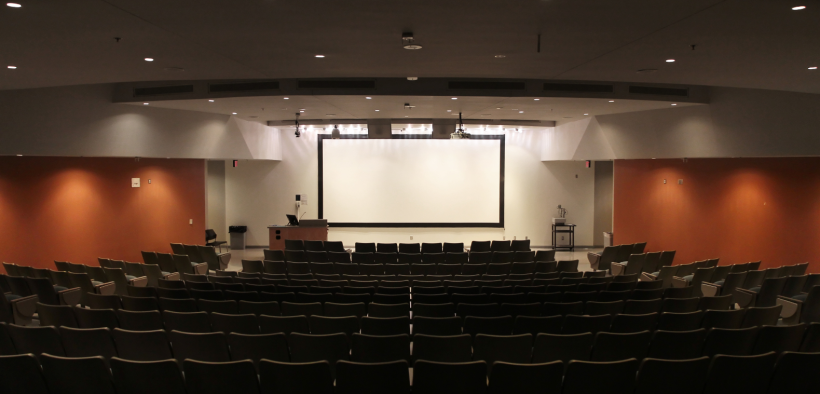While many of us know by now that lecture alone is incongruent with student learning, it remains the predominant form of teaching—and understandably so. Pedagogical change is not a natural function in college classrooms, and it is challenging to learn and implement new teaching strategies. Accepting that many of us are comfortable in lectures, it may be impractical to abandon lecture and embrace fully student-centered active learning. An injection of active learning in lectures may transform our teaching into a win-win situation: we could have a solid lecture as a guiding tool for incorporating active learning and develop “quasi-active” learning in our classrooms (He, 2021). Below are the three phases of quasi-active learning that you can implement in your classes.
Phase I: Pre-class preparation
Ahead of a class meeting, release lecture materials on the learning management system. This gives your students time to prepare so that they can better engage with the topics and discussions they will encounter in class. Students also have a framework in their heads to make sense of the details they get in the lecture, and they could prepare in advance and may feel more comfortable in volunteering thoughts. Students have better opportunity to retain content in the lecture when they have prepared, being more organized in note-taking and recognizing opportunities to pick out areas where they may need further explanations.
Phase II: Traditional lecture and active learning during class
The instructor starts with lecture to help students solidify core content. Didactic sessions can be an effective tool to contextualize content and explain difficult concepts. Students then work in groups, where they encounter challenging scenarios that require them to apply those concepts, draw connections between them, and construct explanations. Such an approach promotes greater understanding of course materials as well as self-efficacy, which provides students with an environment in which supporting peer interactions and a heightened ability to understand and apply course materials.
Phase III: Classroom assessment techniques before the end of the class
At the end of each class session, administer a brief formative assessment that asks students to reflect on their strengths and weaknesses in the course. In so doing, you can evaluate the comprehension level of the class, permitting the identification of concepts that need further explanation or discussion. The traffic light card (He, 2019) is a versatile method that can provide students with an opportunity to reflect on and internalize the material. Students have an opportunity to self-assess in a low-stakes environment and identify areas that need to be clarified in future sessions.
In contrast to a fully active learning environment, quasi-active learning helps improve students’ learning through extensive instructor guidance, and the significant active learning component promotes greater learning than traditional lecture. The integration of active learning within lecture improves student performance, enhances engagement, and allows for immediate application of course material. If you implement it, you’ll likely find that students appreciate the opportunity to explore new ways of learning, which enables them to express themselves and participate in class discussions more readily.
References
He, Y. (2019). Traffic light cards: A cross and modification between the minute paper and muddiest point. College Teaching, 67(1), 70–72. https://doi.org/10.1080/87567555.2018.1522612
He, Y. (2021). STEM teaching reform: Incremental pathways. Journal of College Science Teaching, 51(1), 3–4.
Yunteng He, PhD, is a chemistry instructor at Central Community College in Kearney, Nebraska.






